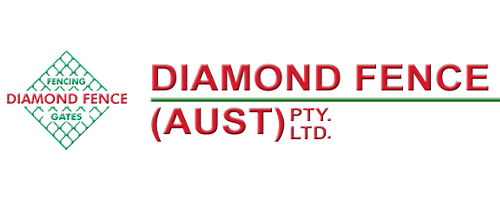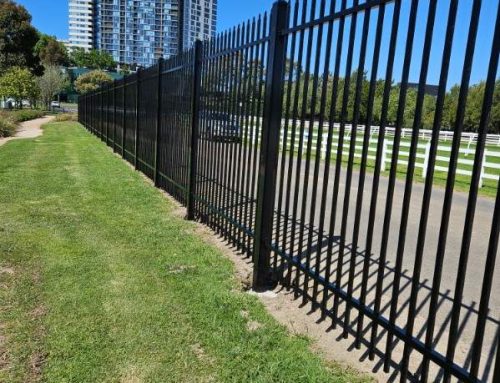Solid Cricket Enclosures For A Better Cricket Fun!
Yohooo…any cricket fans out there? Well, it’s your lucky day then as today we will be talking about cricket enclosures and the appropriate cricket enclosure metal fencing.
When it comes to sports, you need good conditions to practice to become better and better, and maybe even reach the professional level if that’s your dream. This is why when it comes to playing cricket, you need good cricket enclosures that will let you practice at any time of the day. What kind of options are out there for great cricket fans?
Size, material, colour…decisions, decisions. So where to start? Well, let’s start from the beginning.
Where is your cricket field located at? Is it a commercial cricket ground, a cricket club that has hundreds of little kids and grown-ups playing every day? Or maybe this is just a tiny cricket corner in your own back yard? This is where decision making starts as you need to know how big, how many, how strong cricket enclosures you will need. If it’s for commercial cricket enclosures, then you need something stronger and longer lasting. If it’s just for your daughter’s or your son’s after school fun practices, then you might stick to something more easier and affordable.
Cricket enclosure material:
1. Chain mesh
a. Galvanized
b. Galvanized and PVC Coated
Using galvanized and PVC coated chained mesh gives your cricket enclosures a longer lasting life as its protection from corrosion is maximised and PVC coat also prevents from chained mesh to damage the cricket balls. And of course it looks more appealing. With Diamond Fence you can choose between black and green PCV coating material. These two colours are the most used as they blend nicely into the surrounding environment making sure that your cricket enclosure fencing makes your sports ground look not only strong and safe, but also beautiful.
2. Heavy duty cricket nets.
These are more affordable and a faster solution, but not as long lasting as chain mesh cricket enclosures would be. But totally suitable for a private and a smaller cricket enclosure.
Once you have figured out if you are going to go the easy and cheaper way – the heavy duty cricket nets – or you will invest more time and money to receive more solid and longer lasting results – steel cricket enclosures, you need to figure out the dimensions of cricket enclosures. When it comes to your personal back yard cricket enclosure, no one will really tell you the exact size it has to be as most likely it will come down to the space you have in your yard. But when it comes to commercial cricket playing fields, it is a bit more different.
Long story short cricket enclosures or cricket nets are practice nets to improve cricketing technique. They consist of natural or artificial pitch and are enclosed with cricket nets on either side, to the rear and also the roof if desired, but this is really an optional. They serve the purpose of stopping the ball when practicing batting. Also when you put many cricket enclosures next to each other, you save space and also let many players to practice at the same time. Win-win! Some professional cricket clubs or establishments may even have 10 or more cricket lanes. And the best thing about cricket nets is that you can install them indoor and outdoor, whatever your requirement is.
As safety is very important then cricket nets are the best safety measurements when practicing cricket. They help to avoid the situation where cricket ball hits a person walking by, or your own teammate. Needless to say that cricket nets are a must at the higher level cricket, but also in your own backyard to make sure that your neighbour stays safe while your kids practice cricket.
Okay, we have many supporting reasons why to have a cricket net and it was easy enough to convince you to have one. Now lets take a look at the size of the cricket practice nets so you’d have a slight idea of what kind of work will be required to install a cricket net.
Generally practice cricket nets are 20m long and 3.6m wide. The back and side walls are 3m high. At the moment no Australian Standard specific to cricket net design in Australia exists. It is recommended that all nets have a minimum 21m dividing fence and are 27m long to allow for extended bowler run‑ups and bowler protection. Peripheral nets require a minimum side fencing length of 11m.
| But there are Australian standards that relate to cricket net materials: |
AS1725.4 – 2010: Chain link fabric fencing—Cricket net fencing enclosures.
AS1725.1 – 2010: Chain link fabric fencing—Security fencing and gates—General requirements.
Diamond Fence has cricket net materials that comply with Australian standards, so you don’t have to worry if you’re getting the best cricket enclosures in Melbourne. We guarantee that you are. So enjoy better cricket with solid cricket enclosures! And make sure to keep up with the latest cricket news at Cricket Network!
Diamond Fence is here to help you out with steel cricket enclosures. Call us on (03) 9753 4566, shoot us an email on info@diamondfence.com.au, or just get a FREE online quote.








